How to Get Astonishing Results Teaching Mental Math
Feeling exhausted from trying to get your kids to remember and actually use mental math strategies? Do you feel that they will never “get it”? 🙋♀️
You can turn it around so that your kids are confident math students! They will actually ask for more. 😊
Try these mental math tips that will help your kids LOVE using the computation strategies that you’ve taught. Your kids will become mental math masterminds and beg 🙏 for more. Really! I’m not kidding.
FIVE SIMPLE STEPS
- Start by explaining how we use mental math every day (why it’s an important skill). 👩🔬
- Encourage and stress visual thinking. 👁🗨
- Start Simply, Progress Slowly, and Practice, Practice, Practice. 🤔
- Be prepared to back up. 👈
- Take time to discuss how students solve problems. 💬
THE “HOW TO” DETAILS
👩🔬 Using Mental Math
Telling students the practical ways mental math can help them can motivate them to practice. Studies have shown that students are more interested in learning skills that they can apply to real-world situations. Knowing the real-life uses also helps students make connections and realize when they are using mental math.
Here are a few examples that I give my kids:
- calculate the price of sale items
- know how big of a tip to leave
- know how to split a bill when friends dine out
- add the cost of items to determine the total amount I owe
- calculate the number of minutes I’ve already spent on the treadmill and subtract that from my total goal
- estimate how much is left in my bank account
- subtract the number of ounces of water I’ve drunk from how much I need to drink
We talk about grocery shopping and how they can help their parents by figuring out best buys. Usually at least one student will bring up shopping for a game/toy and how they looked for the best price. Whenever you have a few extra moments during the day, give students a chance to talk about when they used mental math – make it real.
👁🗨 Visual Thinking
Have “Thinking Tools” such as vertical and horizontal number lines, hundred charts, and ten frames visible and easily accessible. I’ve included some of these in the Mental Math resources in my TpT store. You can find those resources at the bottom of this page.
Some students will need to touch the tools in the beginning. As they are better able to visualize the “moves” and see the relationships between the numbers, then the need to touch the numbers will fade.
Sometimes when I ask a student to do a mental computation, s/he will try to envision the problem on paper as an algorithm. For example, I’ll notice that they are “writing” in the air and mimicking what they would do to solve a problem using a standard algorithm. This is usually because I’ve moved too quickly and the student is still only confident using paper and pencil.
If you see this, ask a couple of other students to explain their thinking for that problem. Then present a similar problem and watch to see if air-writing is still the method of choice. If so, you will want to back up and do some individualized teaching where needed. As you discuss mental math strategies, encourage students to share how they “see” the problem in their “mind’s eye”.
🤔 Start Simply, Progress Slowly, and Practice, Practice, Practice
Mental calculations may be new to your students. It’s very important to build confidence and the visual thinking discussed above. To do this, you will want to start with the easiest computation for most of your students – addition and just a couple of steps.
This is an addition example from the FREE Mental Math Task Card set you’ll receive by subscribing.
I like to begin by giving students problems orally. For example, “Start at 4. Add 6. Add 3. Where are you?” Pause a few seconds between each new computation given. The number of seconds you pause will be determined by your students. There are some ideas and suggestions later in this post for setting up procedures for this.
As students are doing the computations, don’t allow your “speedsters” to say, “Got it!” When your slower students know that they are being slow, they may completely stop thinking and in addition, may feel defeated instead of encouraged.
Hopefully, most of your students will visualize the number line, a number chart, or some form of number organization in their mind’s eye and be able to “move” with the steps you give them.
If you target strategies that your students know, such as the make 10 strategy, you will know quickly which strategies your students are most comfortable and proficient using. Remember that in the beginning, you are not working on calculation speed. You are working on understanding.
This is a multiplication & division example from the FREE Mental Math Task Card set below.
👈 Be prepared to back up
Be prepared to back up and review the use of calculation strategies such as doubles and combinations of 10. Knowing Mental Math Addition Strategies is a must! I am frequently surprised by the number of students that don’t have fluency with addition strategies. You can use the free task cards and game boards, both found in our Resource Library as a way to practice strategies.
I created Addition Strategy Posters to keep displayed in our classrooms. As a matter of fact, having the strategies visible and continually referring to them, encourages students to use them. Using the posters also helps students visualize and become “strategy fluent”.
When students are sharing their mental math strategies, referring to the posters gives them confidence and also generates great math conversations that encourage the use of math vocabulary.
💬 Discussion is Critical
With each problem, make time to discuss the students’ answers and their methods of solution. If there are wrong answers, take time to explore how students got them. Through discussions, you can quickly diagnose and correct the source of any difficulties.
Class discussion is also critical because when teaching mental math, there is no other way for students to “show their work” other than talking about it. It’s all taking place in their heads. Therefore, talking about their thought processes is the only way to find out how well they understand the strategies.
Another reason that sharing their thinking is so important is that there is no one “right” way to do a problem in your head. Many different approaches may be equally reasonable and efficient.
To develop flexibility in thinking about numbers and number relationships, students should learn to look for a variety of methods for solving the same problem. Encourage students to share different strategies and discuss the advantages of each. Then, students can clarify, defend, and prove different methods.
Asking students to share their strategies will be beneficial to everyone. I’ve learned many useful strategies myself, by listening to the strategies of my students!
One more thing that I’ve learned –
Students LOVE mental math. Really. I’m not kidding. So-o-o-o
► 🙏 Be prepared for your students to beg for more!
Use your mental math time as an opportunity for kids to think, share, and experiment with using what they know.
Some students will be more accurate and faster with their calculations. And, students get excited about finding an answer. You don’t want them blurting out their answers and stopping the thinking of others.
Therefore, before you start, make sure to set some ground rules for responding. I have students place a finger under their chin when they have an answer. This is discreet, but I can eye-scan and see quickly who has an answer and wait until most have found one. And to those who are still thinking, it’s also much less distracting than an enthusiastic waving hand.
My motto: “Good thinking takes time.” Even though your final goal is for students to quickly do calculations in their heads, at the beginning for many students, this will not be a “quick” process.
If you follow these steps, your students will be mental math superstars. They will build amazing mathematical confidence. With practice, they will develop their own efficient and effective strategies that will truly astonish you!
⭐ The ultimate goal of students visualizing the “steps” and seeing the number relationships in their mind’s eye will be accomplished.
Because I love giving students quick mental math problems to solve during restroom breaks, waiting for lunch, and at other “spare moments”, I often just make them up in my head.
But I find that as I’m watching students’ faces I’m wondering – are they looking at the strategy posters? Are they using their fingers? Is he looking at the number chart? Is she using the number line – vertical or horizontal? Did he just remove poop from the bottom of his shoe?
Well, by the third step, I sometimes forget the second step, and lose my own thinking about the problem! Sometimes the students have to “catch me up”!
So that I can focus on kids and their thinking, I’ve created mental math task cards that can “travel” with me to the lunchroom. To the hallway. To the dismissal line. I can be distracted and still know what steps I’ve just given. Whew! These have been a life-saver. I hope they’ll be helpful to you, too, as you journey through teaching mental math.
I hope these tips and ideas save you tons of teacher-time and help to create many “mental math masterminds” in your classroom.
Just leave a comment below to let us know how these work for you and how you use mental math in your classroom or in the real world. 💗
Want More?

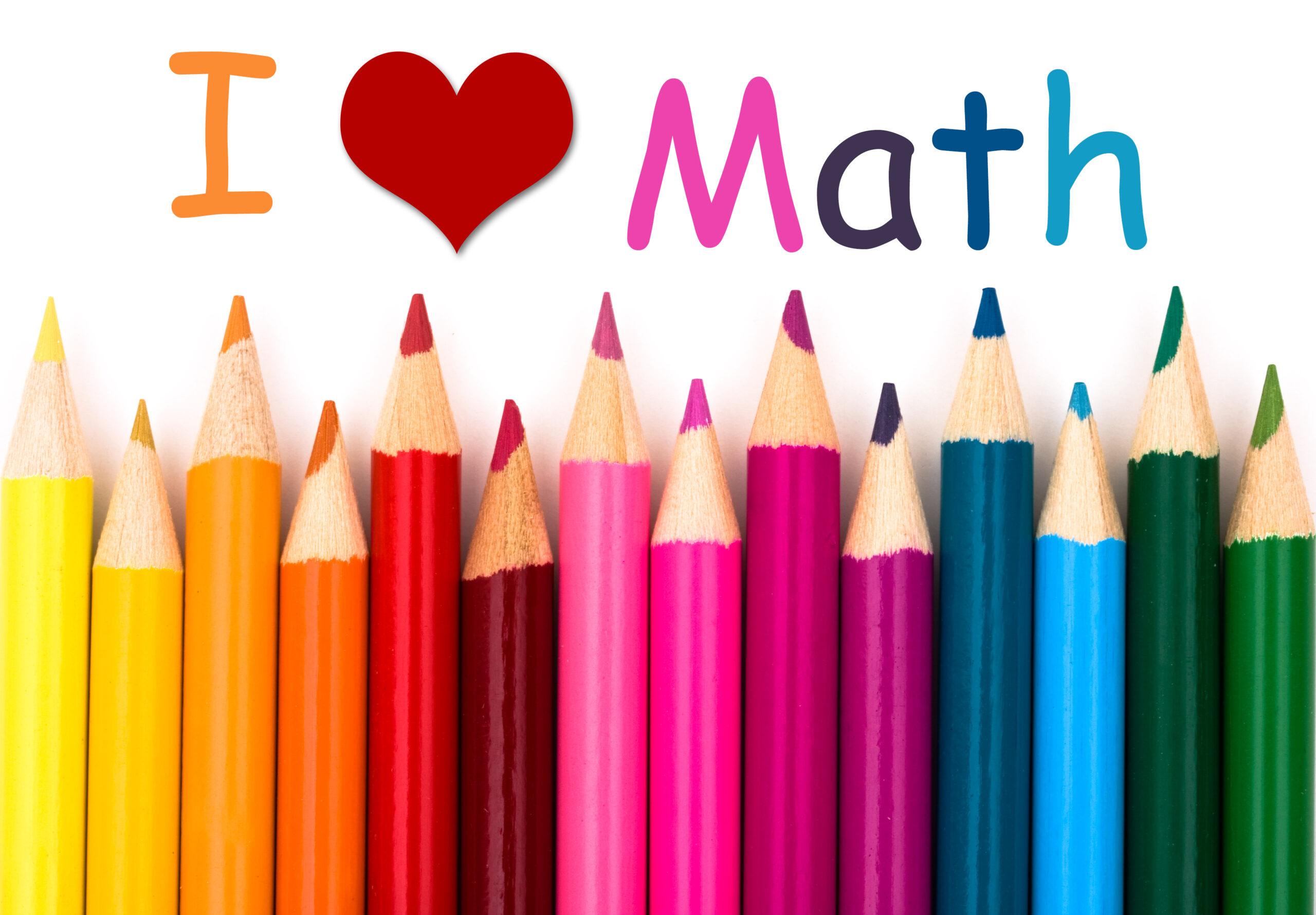


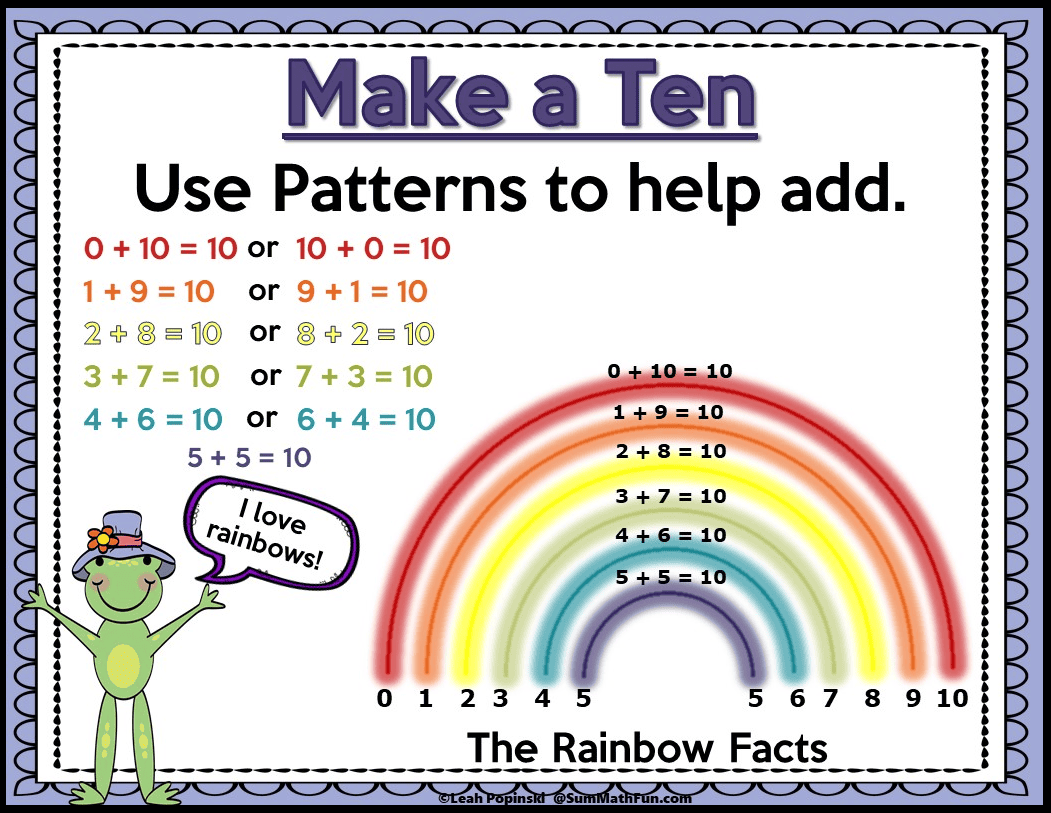
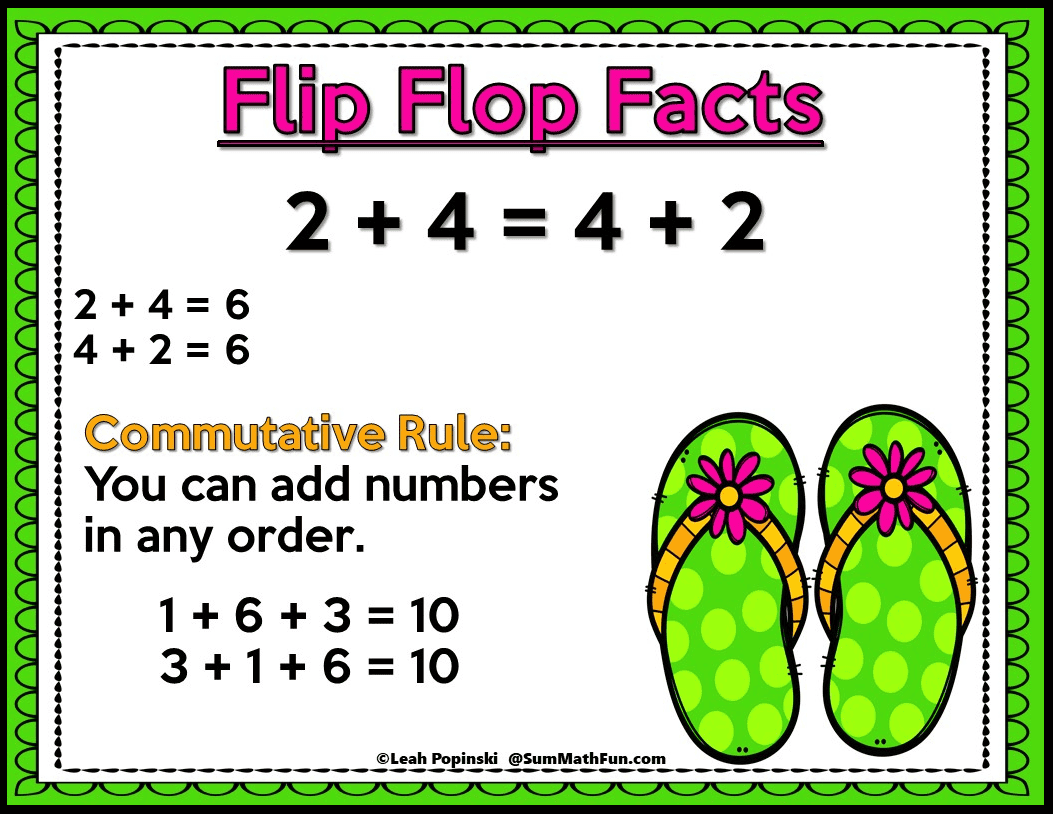
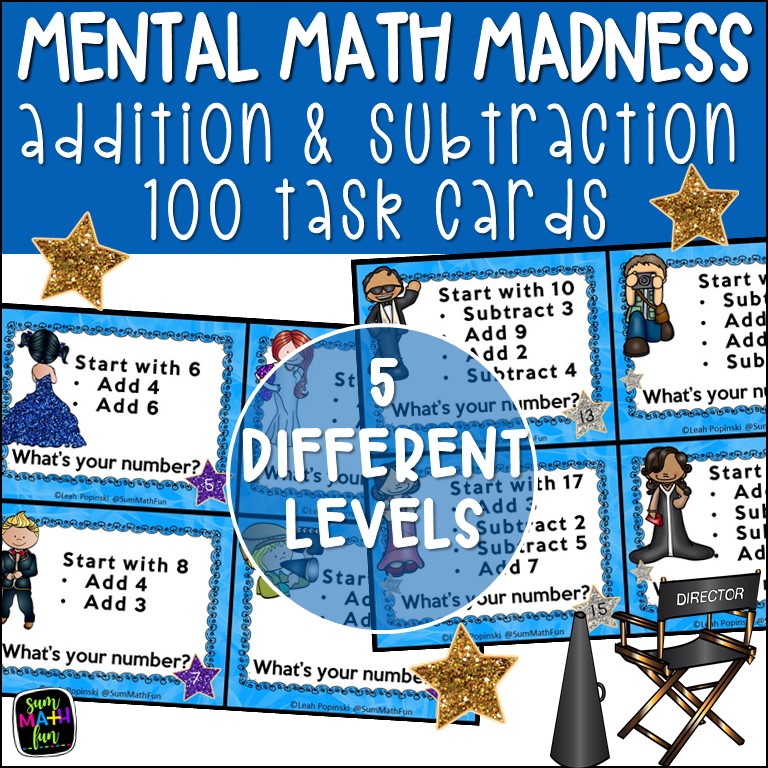
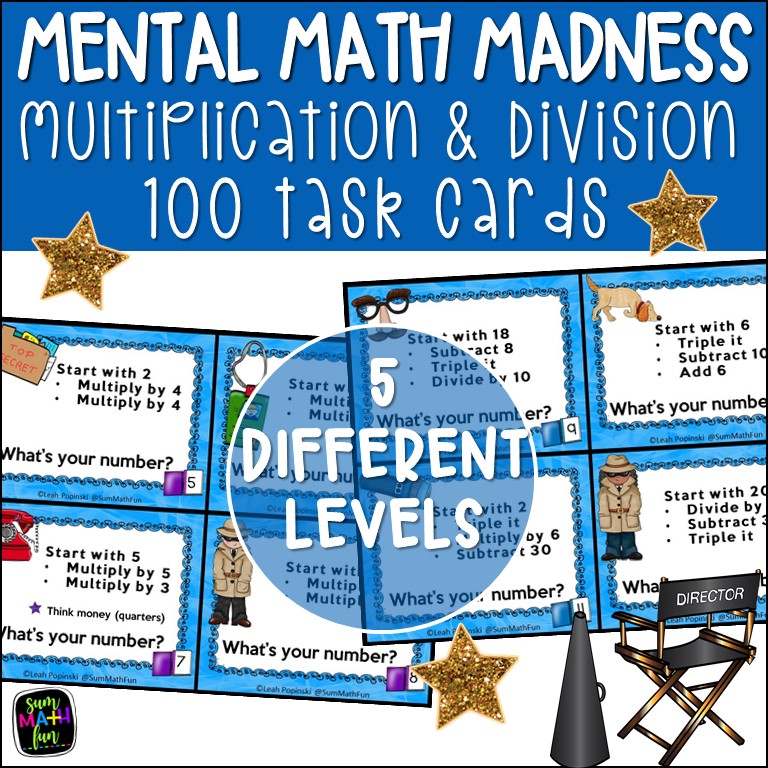


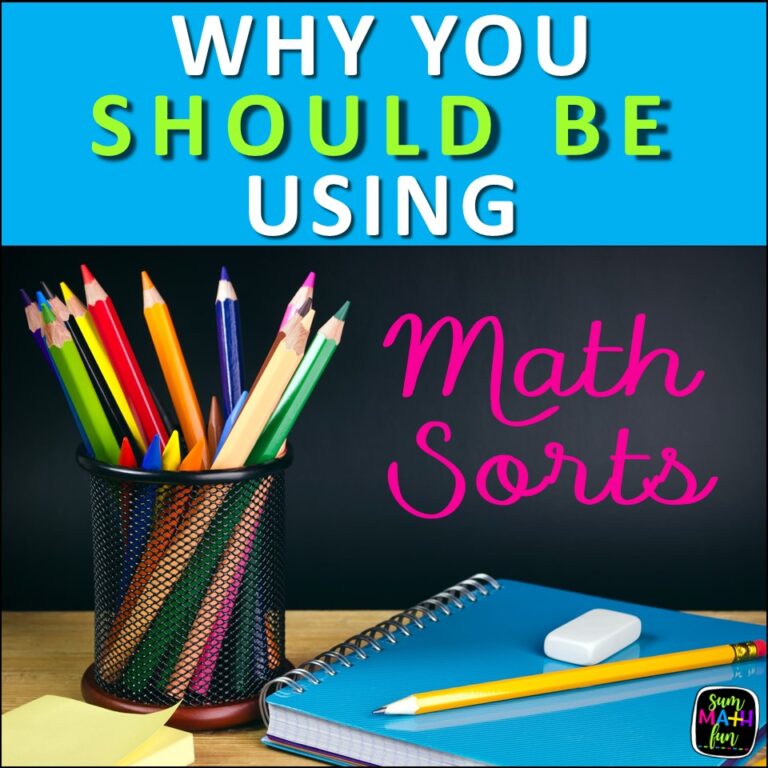
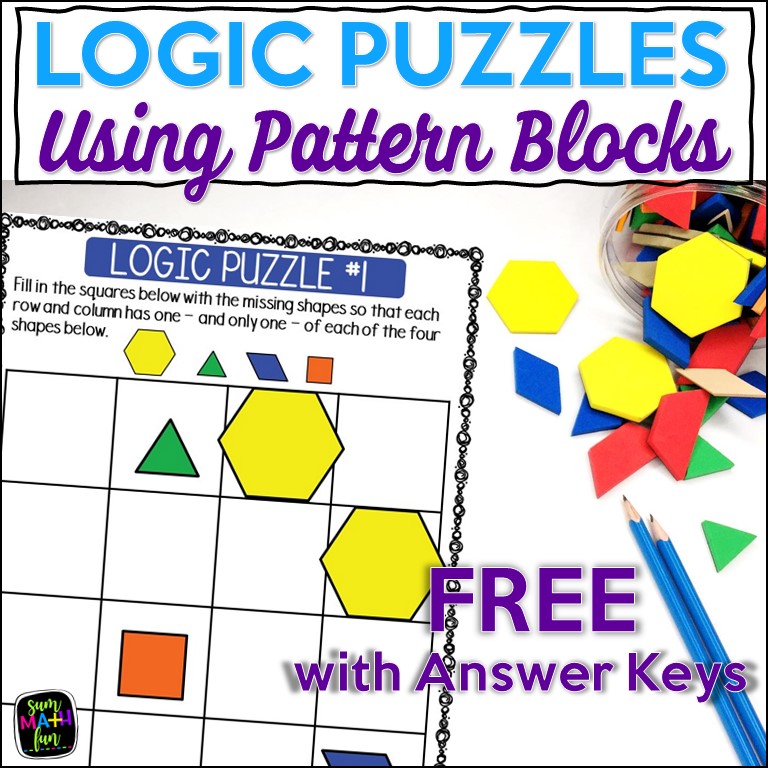
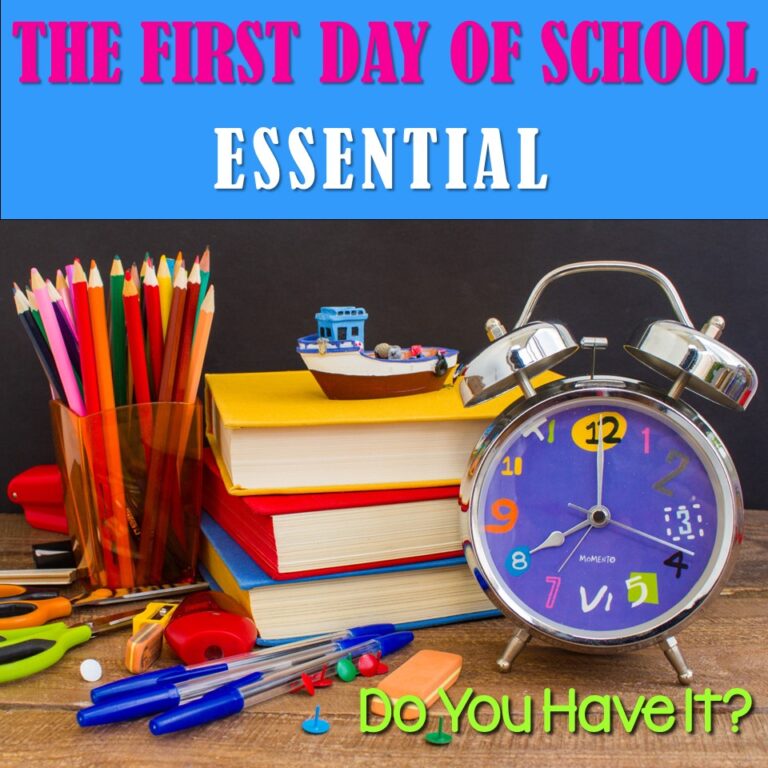
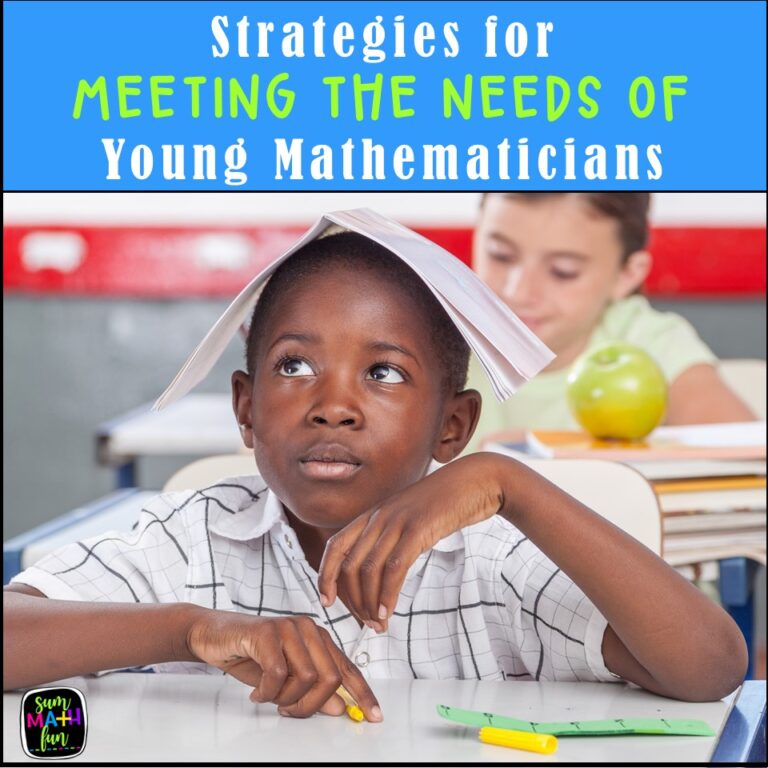
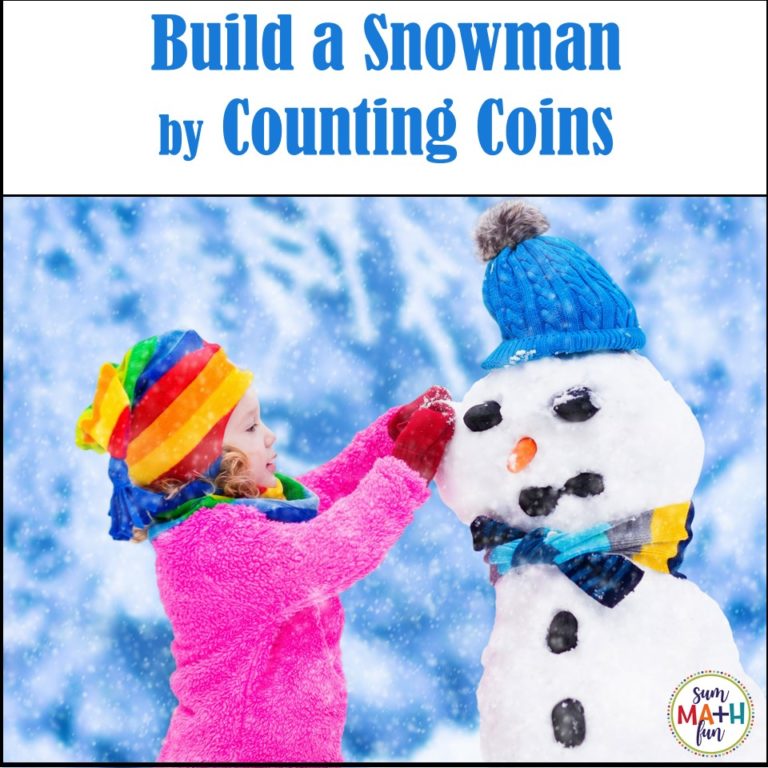


This is so well written, I pinned it to all of my math Pinterest boards. Everyone should take a step back and think about doing more of this. Thanks for such a well thought out and well written post. Pam
Thank you, Pam! Taking a few minutes each day, or just using those few minutes of “downtime” when waiting for what’s next, for mental math practice can make a huge difference in students’ mathematical confidence and use of strategies. I’ve seen huge payoffs for very little time taken.